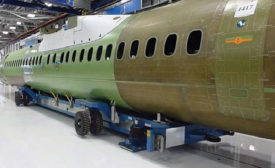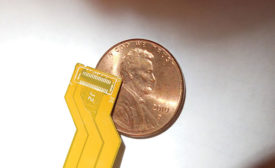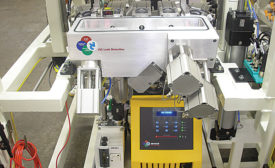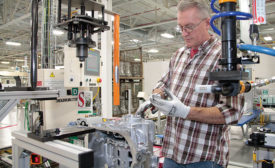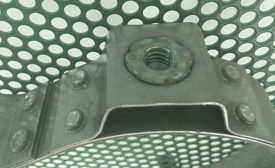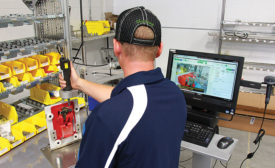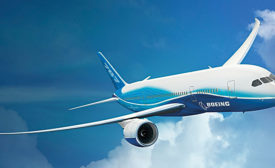Industries
Assembling Wearable Electronics
With the exception of a few critical steps, assembling circuit boards for wearable electronics is no different than assembling conventional circuitry.
May 5, 2016
Leak Testing Auto Parts
The latest automotive systems require innovative leak test methods and fixturing.
May 5, 2016
Automakers and Ergonomics Innovation
Automakers are investing millions of dollars in state-of-the-art technology to keep employees healthy and safe.
May 5, 2016
Mixed-Model Assembly Is Key to Profitability
Assembly lines today must be as flexible as possible without compromising efficiency.
May 5, 2016
Never miss the latest news and trends driving the manufacturing industry
Stay in the know on the latest assembly trends.
JOIN TODAY!Copyright ©2024. All Rights Reserved BNP Media.
Design, CMS, Hosting & Web Development :: ePublishing
